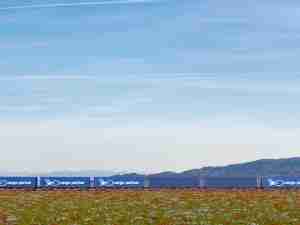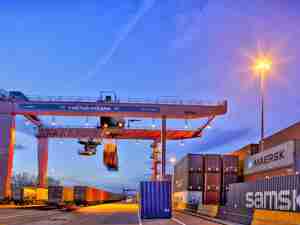Signs are emerging of a bustling New York City once again after a snowy February slowed traffic and created an obstacle for a comeback in fuel demand.
Traffic on city routes this month is on track to mark the fastest pace since November 2019, according to the Metropolitan Transportation Authority, in the wake of warmer weather and lighter lockdown restrictions. Receipts fell nearly 4% in February from January levels after a blizzard kept people indoors. The survey covers nine bridges, tunnels and highways linking the five boroughs.
Demand across the U.S. is staging an uneven comeback. In February, the 16th-heaviest storm since 1869 in New York weighed on a recovery in gasoline consumption, a linchpin to establishing stronger oil markets. Across the country, daily toll traffic in San Francisco during the month rose by 13% on average after restrictions eased in California. The moving average for U.S. product supplied, a proxy for demand, rose above 8 million barrels a day last week, the first time since November, according to U.S. government data on Wednesday.
”Sure people are driving, people are getting out, and we have seen additional gasoline demand offset some of the losses in diesel and propane demand because of the weather,” said Trisha Curtis, chief executive officer of oil analysis firm PetroNerds. “But I don’t quite think demand is quite at the level that is supportive of the value we see in crude, over 60 dollars a barrel.”
Traffic on New York toll routes is averaging 781,880 vehicles a day so far this month, according to the MTA. In February, toll collections averaged 654,415 vehicles a day, down from 680,307 in January.
Demand among motorists is driving up prices at the pump, with the start of U.S. summer travel—another test of demand recovery—generally beginning with the Memorial Day holiday in May. The national average price of gasoline Tuesday clocked in at $2.80 a gallon, the highest in about a year and a half.
“Rising gasoline prices may dampen increased driving, especially if oil prices continue to rise,” said Curtis.











